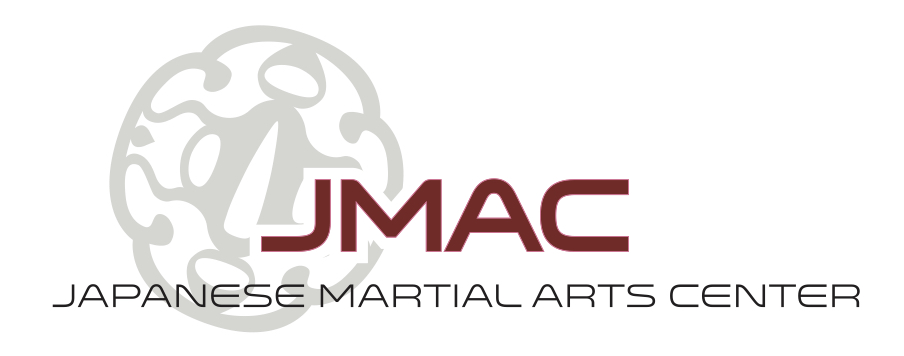Out in the "real" world, we take great pains to express ourselves. We choose certain clothes, drive a certain make of car, and wear our hair just so. We choose who to spend time with and which shows to watch, and measure ourselves against the social group to which we aspire. In the dojo, however, the opposite is true. While practicing judo, karate, jujutsu, iaido, or kendo, we all wear essentially the same uniform, strive to perform our moves exactly the way Sensei does, and utter the same set expressions during class. Regardless of where we come from, we all aspire to the same goals and admire essentially the same role models.
An interesting thing happens in the dojo, however. Despite the fact that we strip away almost all trappings of individuality, the character of each student is not lost. In fact, the more a student throws himself into his training, more diligently trying to get the techniques exactly right and putting aside all thoughts of self, the more strongly his character shows through. After a lifetime of concentrated training, the elder sensei are not without character, but seem somehow to have more personality and individuality than ever. Along with this, they also have a quiet confidence that most of us would love to possess.
This magic is part of what makes traditional martial arts training so valuable. Stripping away the artificial badges of personality helps to reveal the real person. We express our character instead through words, gestures, and actions, sometimes in very subtle ways. For example, those of us who feel the need to win are more likely to turn a training session into a battle, while those who are content to learn may train more cooperatively. If we always turn a conversation toward ourselves, it may reveal a need for attention. If instead we focus our attention on the needs of others, it may indicate that we are comfortable with ourselves.
Selfless striving for an ideal, under the guidance of a conscientious instructor, has significant effects on the martial arts student when pursued over the long term. We learn over time to harmonize our selfishness (i.e., wanting to be "good" or to get a black belt), with the need for selflessness (training despite pain, fear, or boredom; helping to coach newer students). We also learn that real quality in technique requires consistent practice and concentration, and during those moments when we lose our "selves" (our image of who we should be) in practice, our true selves are evident. With time, we learn to be comfortable with our true selves, and move past the need to wear a self image that may satisfy other social requirements.
Acting from the position of one's true self is very powerful. Because all artificiality is set aside, one's decisions are more accurate, one's reasons for action are more sound, and one's actions are more efficient. One has a better chance for success and happiness when expressing one's true self, though how one defines those terms may change greatly between white belt and black belt.

1 comment:
What I find most interesting when discussing the topic of individuality and martial arts, is the change in attitude that the training brings us in our lives outside of training. When I came to martial arts, I was constantly trying to assert my individuality in life. I did this through the clothes I wore, the activities I took part in, and the attitude I had toward others. After I developed more focus in my training at the dojo, I also developed a comfort in simply being myself, and not worrying about whether or not I was achieving individuality. With this change of attitude, I found that I was getting back to my true self, which is, in the end, far more unique than anyone I tried to be before, both inside the dojo, and outside.
Post a Comment